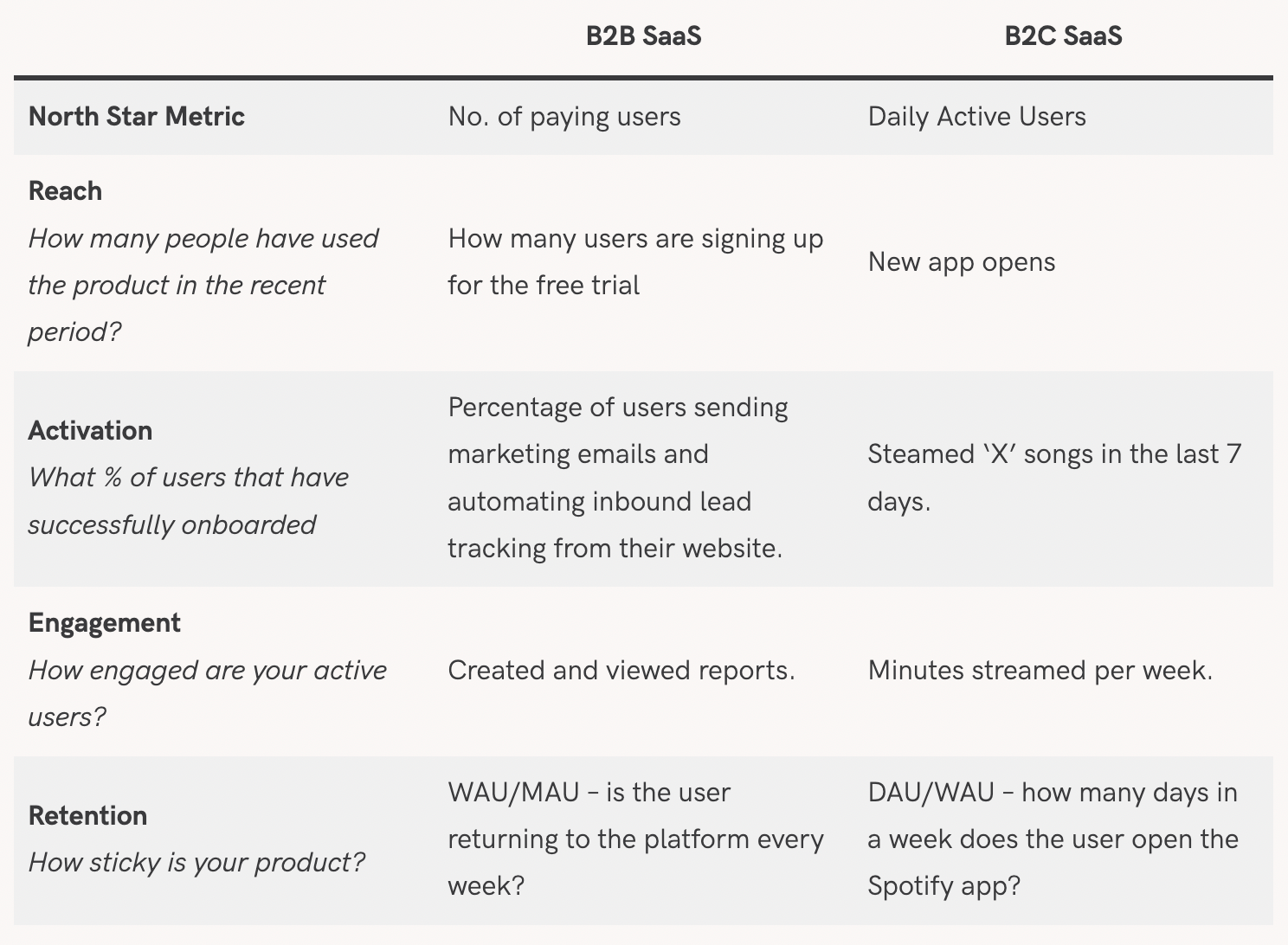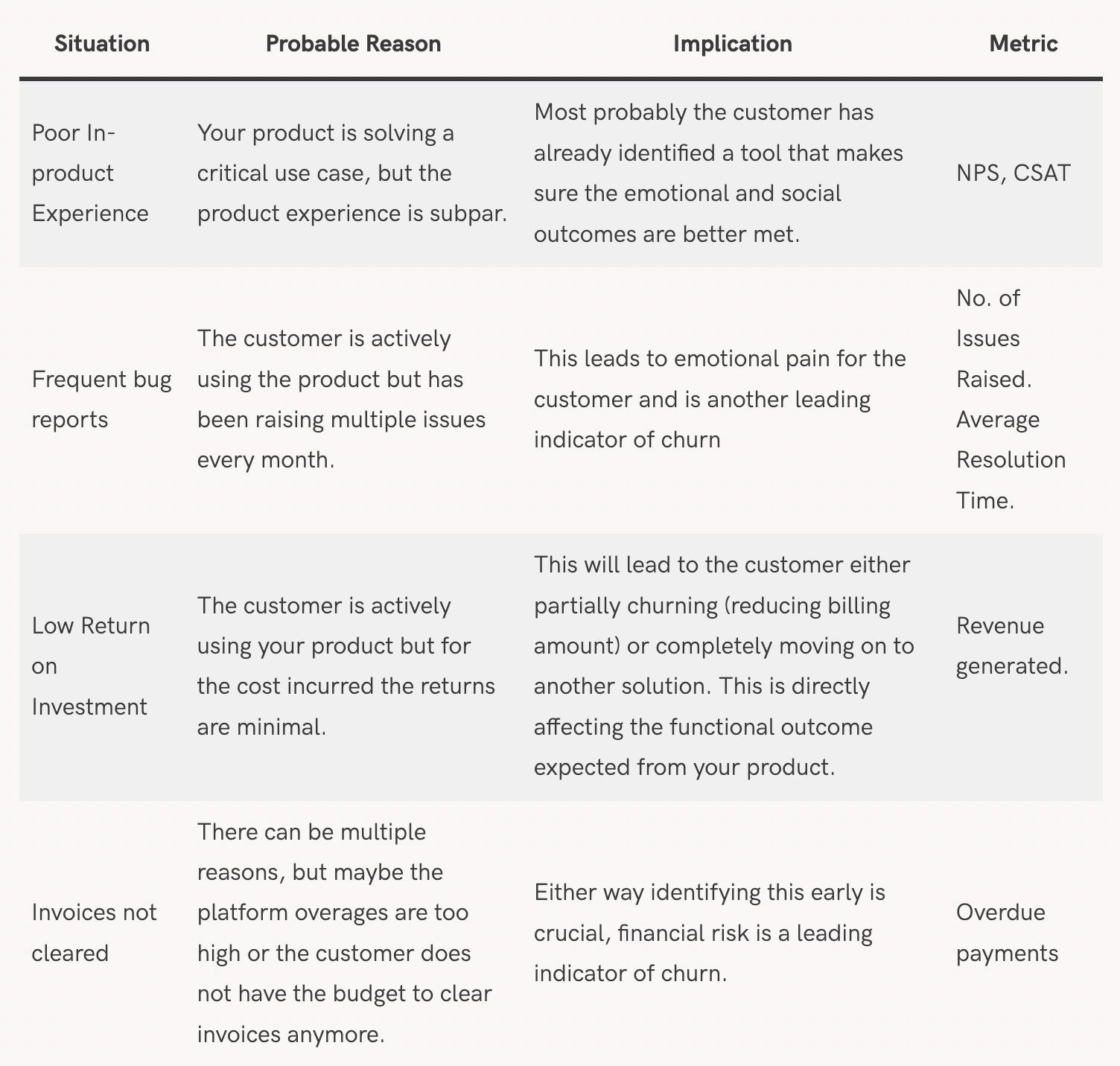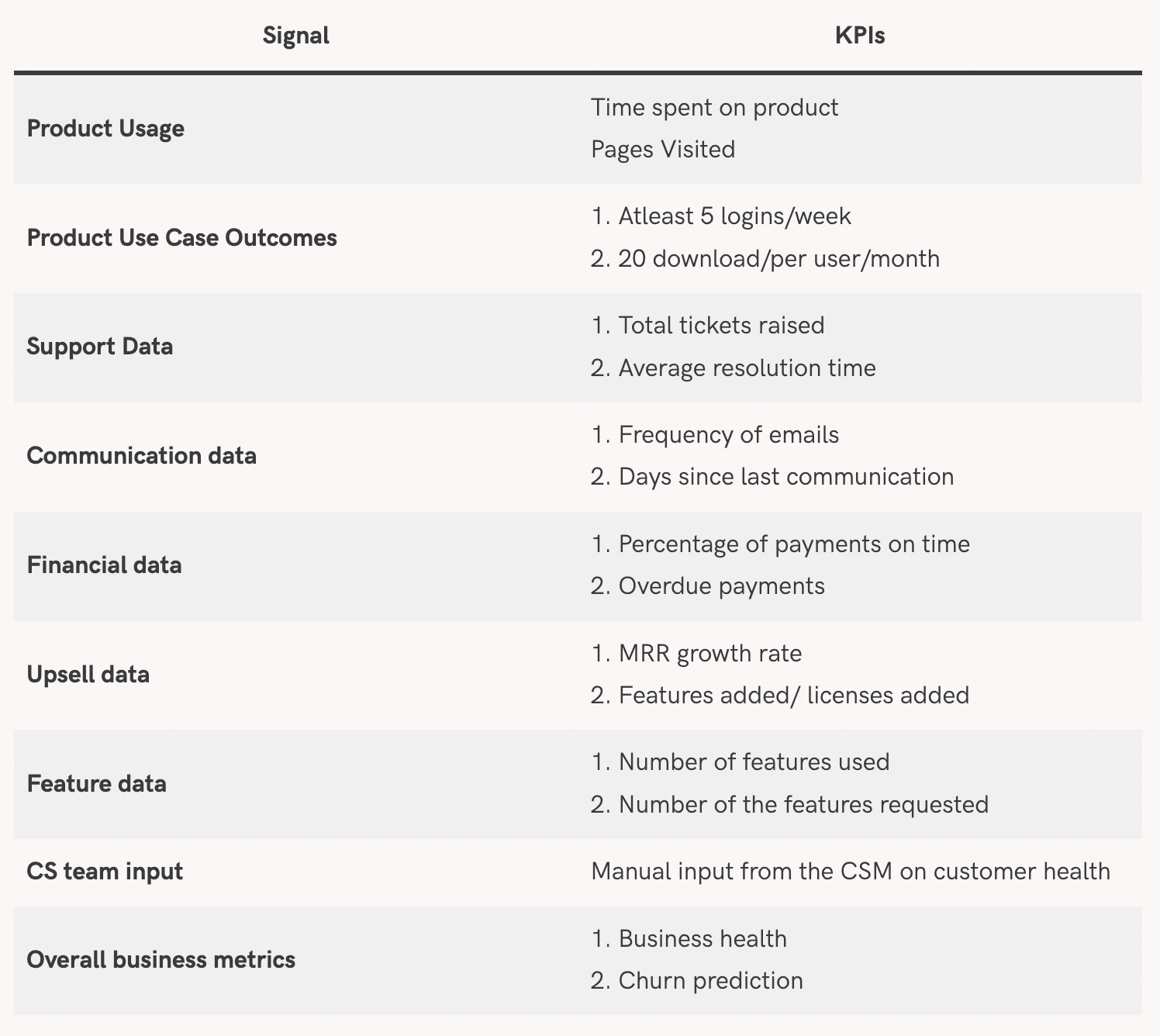CATEGORY > Customer Retention
Can Product Analytics ensure 100% Customer Retention?

Why are product analytics important?
Product analytics tools help companies with digital products collect data and analyze how their customers interact with the various features of their products. But is tracking a customer’s interaction with your product enough to ensure 100% customer retention? Are insights from customers’ product interaction the right indicator for predicting customer churn? Let’s understand the role of a Product Analytics tool for a Customer Success Manager who owns key metrics like Customer Retention and Customer Expansion. We will also discuss some best practices you can take to ensure 100% customer retention.
How Important is it for your organization to track Product Usage?
Tracking Product usage is a must for every organization. In fact, whatever stage your organization is at, you must be monitoring your customers’ product usage. Product Analytics Tools help you track a customer’s behavior through their entire digital journey. The quantitative data generated from customers’ usage patterns helps product teams empathize with the end user and in turn deliver better products.
Product Analytics tools also help track the right set of growth KPIs that are leading indicators for product success. Let’s deep-dive into a framework that helps you identify critical KPIs which are crucial to your organization and are extremely useful for Customer Success Managers to monitor:

North Star Metric
The metric which matters most to your business.
It is the one measurement that’s most predictive of your team’s long-term success. To qualify as a “North Star”, a metric must do three things: lead to revenue, reflect customer value, and measure progress. While having a single North Star Metric can seem limiting, the idea here is that all the L1 metrics roll up to a single North Star Metric.
L1 Metrics
These metrics help support the attainment of the NSM.
The goal behind tracking L1 metrics is to ensure we look at the product engagement journey in an exhaustive manner.
Eg – If the NSM is “Increasing Weekly Active Users by 10% Month on Month” and an organization rallies behind it without focusing on long-term retention, the long-term consequences are headed towards higher churn rates and higher acquisition costs. None of which are helping you build a sustainable product.
L2 Metrics
More specific and drive the L1 and NSM. L2 metrics for Spotify could be iOS v/s Android app DAUs. Let’s understand some key metrics for B2B and B2C SaaS companies.
A B2C company can be purely for entertainment, productivity, or access to products and services, or it can enable an individual to perform business functions. Some of the top B2C SaaS companies include the likes of Spotify, Instagram.
A B2B company can sell its services to individuals, but its primary customer base is enterprise-level organizations. These can be accounting tools, human resources management, payroll utilities, and many more. Some names you might have heard of are Salesforce, Hubspot, and Atlassian (Jira).
For our reference below, let’s take the example of Hubspot and Spotify:

The above section takes just two SaaS companies into consideration and focuses on high-level L1 metrics. But these can be further drilled down into key metrics that can be measured across the spectrum of different Geographies and Customer Segments.
Is this enough?
But is being on top of these metrics sufficient to ensure higher retention? Most of the metrics mentioned above help you achieve functional outcomes but achieving only functional outcomes does not suffice. Let’s start by understanding what are functional outcomes, what are the other outcomes your customers are looking for, and finally why do your customers buy and use your product? At a high level, there are three main reasons:
1. Functional Outcome:
The core tasks that customers want to get done.
Most businesses can pinpoint what their product does. For instance, people use Spotify to listen to music. For product analytics tools like Mixpanel and Amplitude, this could be understanding the core KPIs of your business.
Although people take the functional outcome into consideration when buying a product, most companies forget to consider the emotional and social outcomes. If you don’t know the emotional or social outcomes people are looking for when buying your product, you could be missing out on some serious profitability.
2. Emotional Outcome:
How do customers want to feel or avoid feeling as a result of executing the core functional outcome?
Understanding emotional outcomes can be tricky.
For a product analytics tool, this could be the feeling of excitement or surprise as you discover a big opportunity (or threat) for your business with new data. For a marketing automation tool, it could be generating extra revenue via a communication channel. Lastly, you need to understand your social outcome.
3. Social Outcome:
How do customers want to be perceived by others by using your product?
For Google Ads, this could be showcasing a report of your campaign’s performance to your boss. For a product analytics tool, this could be sharing a weekly revenue report with your executive team that makes you look like a professional designer. Co-workers ask how you put together such an incredible presentation.
If you can understand the three main outcomes behind why people buy and use your product—and execute on it—you’re on the right track.
Now let’s apply this to some to real-world examples:

Solution
The solution to ensuring higher customer retention is to compliment your existing product analytics tool with a customer success platform.
Customer success platforms like Zapscale and Gainsight use detailed analysis of past behavior to create a “health score” to predict the future satisfaction of a customer, allowing companies to systematically grow an established customer base, identify any red flags, and increase customer retention rates. These products are used by customer success managers for the purpose of optimizing customer relationships. These products help create a 360-degree report of customers’ health using various signals across various touch-points and are vital to preserving and expanding revenue, boosting customer advocacy, and sustaining corporate profitability and growth.
Here is an exhaustive list of categories you should be tracking in order to have a holistic view of your customers’ health:

Depending on your organization’s scale and stage you can choose how deep you want to go into each of these signals but having broad oversight over all these signals is a must. You also have the ability to tweak the weightage given to each of these signals while calculating the overall health.
Conclusion
Product analytics tools are critical for any organization to track and analyze your customer interactions with your product. But for customer success managers who own more nuanced, KPIs like Customer Retention and Expansion, a Customer Success tool that provides you with a 360-degree view of your customers’ health and engagement is critical.
Key References
ABOUT THE AUTHOR

Kshitij is a CS and Growth leader, who has championed customers across the globe at Zeda.io and MoEngage. When he's not doing that, he can be found trekking some mountain or practising calisthenics.
Popular from Customer Retention
Quality Content,
Straight To Your Inbox!
Subscribe for the latest blogs, podcasts, webinars, and events!

Write a Blog
If you have experience in CS and
a flair for writing, we’d love to
feature you.
Write to us on
hello@zapscale.com




